Helmets for Skiers
.
- - 29 %
 Sweet ProtectionSwitcher MIPS Ski-/Snowboard Helmet Gloss WhiteMSRP 268,95 €189,95 €Available Sizes:M
Sweet ProtectionSwitcher MIPS Ski-/Snowboard Helmet Gloss WhiteMSRP 268,95 €189,95 €Available Sizes:M - - 29 %
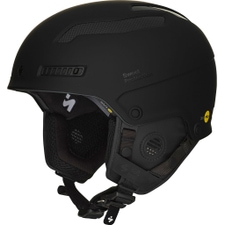 Sweet ProtectionTrooper 2VI MIPS Ski-/Snowboard Helmet Dirt BlackMSRP 318,95 €224,95 €Available Sizes:S
Sweet ProtectionTrooper 2VI MIPS Ski-/Snowboard Helmet Dirt BlackMSRP 318,95 €224,95 €Available Sizes:S - - 20 %
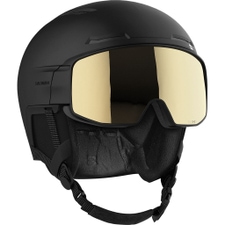 SalomonDriver Pro Sigma MIPS Ski-/Snowboard Helmet Black / Black BronzeMSRP 299,95 €239,95 €Available Sizes:S
SalomonDriver Pro Sigma MIPS Ski-/Snowboard Helmet Black / Black BronzeMSRP 299,95 €239,95 €Available Sizes:S - - 19 %
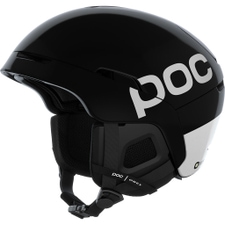 POCObex BC MIPS Ski-/Snowboard Helmet Uranium BlackMSRP 269,95 €219,95 €Available Sizes:XS
POCObex BC MIPS Ski-/Snowboard Helmet Uranium BlackMSRP 269,95 €219,95 €Available Sizes:XS - - 11 %
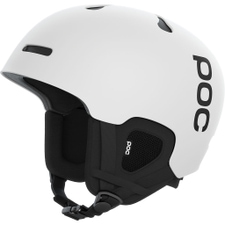 POCAuric Cut Ski-/Snowboard Helmet Matt WhiteMSRP 179,95 €159,95 €Available Sizes:XSXXL
POCAuric Cut Ski-/Snowboard Helmet Matt WhiteMSRP 179,95 €159,95 €Available Sizes:XSXXL - - 29 %
 Sweet ProtectionTrooper 2VI MIPS Ski-/Snowboard Helmet Matte Bronco WhiteMSRP 318,95 €224,95 €Available Sizes:M
Sweet ProtectionTrooper 2VI MIPS Ski-/Snowboard Helmet Matte Bronco WhiteMSRP 318,95 €224,95 €Available Sizes:M - - 13 %
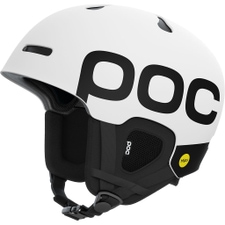 POCAuric Cut BC MIPS Ski-/Snowboard Helmet Hydrogen White MattMSRP 229,95 €199,95 €Available Sizes:XSXXL
POCAuric Cut BC MIPS Ski-/Snowboard Helmet Hydrogen White MattMSRP 229,95 €199,95 €Available Sizes:XSXXL - - 56 %
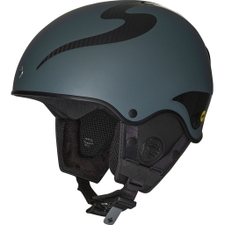 Sweet ProtectionRooster II MIPS Aksel Ski-/Snowboard Helmet Stormy WeatherMSRP 648,95 €284,95 €Available Sizes:SM
Sweet ProtectionRooster II MIPS Aksel Ski-/Snowboard Helmet Stormy WeatherMSRP 648,95 €284,95 €Available Sizes:SM - - 13 %
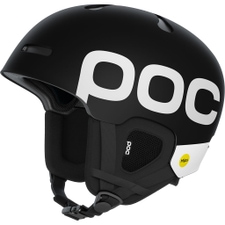 POCAuric Cut BC MIPS Ski-/Snowboard Helmet Uranium Black MattMSRP 229,95 €199,95 €Available Sizes:XSXXL
POCAuric Cut BC MIPS Ski-/Snowboard Helmet Uranium Black MattMSRP 229,95 €199,95 €Available Sizes:XSXXL - - 30 %
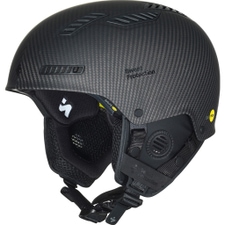 Sweet ProtectionGrimnir 2Vi MIPS Ski-/Snowboard Helmet Natural CarbonMSRP 448,95 €314,95 €Available Sizes:S
Sweet ProtectionGrimnir 2Vi MIPS Ski-/Snowboard Helmet Natural CarbonMSRP 448,95 €314,95 €Available Sizes:S - - 30 %
 Sweet ProtectionIgniter 2Vi MIPS Ski-/Snowboard Helmet Matte Bronco WhiteMSRP 248,95 €174,95 €Available Sizes:S
Sweet ProtectionIgniter 2Vi MIPS Ski-/Snowboard Helmet Matte Bronco WhiteMSRP 248,95 €174,95 €Available Sizes:S - - 32 %
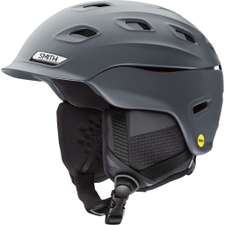 SmithVantage MIPS Ski-/Snowboard Helmet Matte SlateMSRP 249,95 €169,95 €Available Sizes:S
SmithVantage MIPS Ski-/Snowboard Helmet Matte SlateMSRP 249,95 €169,95 €Available Sizes:S - - 30 %
 SalomonDriver Prime Sigma Photochromic MIPS Ski-/Snowboard Helmet NightshadeMSRP 379,95 €264,95 €Available Sizes:S
SalomonDriver Prime Sigma Photochromic MIPS Ski-/Snowboard Helmet NightshadeMSRP 379,95 €264,95 €Available Sizes:S - - 30 %
 SalomonHusk Prime MIPS Ski-/Snowboard Helmet Rainy DayMSRP 249,95 €174,95 €Available Sizes:L
SalomonHusk Prime MIPS Ski-/Snowboard Helmet Rainy DayMSRP 249,95 €174,95 €Available Sizes:L - - 14 %
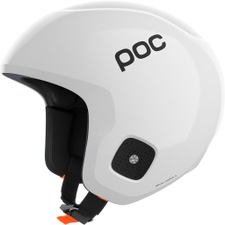 POCSkull Dura X MIPS Ski-/Snowboard Helmet Hydrogen WhiteMSRP 279,95 €239,95 €Available Sizes:XXL
POCSkull Dura X MIPS Ski-/Snowboard Helmet Hydrogen WhiteMSRP 279,95 €239,95 €Available Sizes:XXL - - 29 %
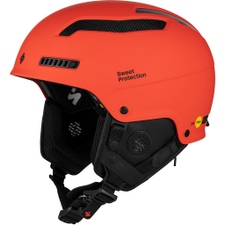 Sweet ProtectionTrooper 2VI MIPS Ski-/Snowboard Helmet Matte Burning OrangeMSRP 318,95 €224,95 €Available Sizes:S
Sweet ProtectionTrooper 2VI MIPS Ski-/Snowboard Helmet Matte Burning OrangeMSRP 318,95 €224,95 €Available Sizes:S - - 30 %
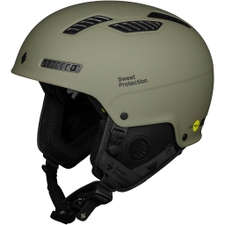 Sweet ProtectionIgniter 2Vi MIPS Ski-/Snowboard Helmet WoodlandMSRP 248,95 €174,95 €Available Sizes:S
Sweet ProtectionIgniter 2Vi MIPS Ski-/Snowboard Helmet WoodlandMSRP 248,95 €174,95 €Available Sizes:S - - 31 %
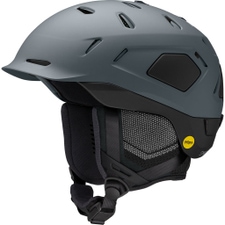 SmithNexus MIPS Ski-/Snowboard Helmet Matte Slate / BlackMSRP 324,95 €224,95 €Available Sizes:S
SmithNexus MIPS Ski-/Snowboard Helmet Matte Slate / BlackMSRP 324,95 €224,95 €Available Sizes:S - - 19 %
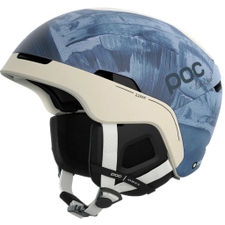 POCObex BC MIPS Ski-/Snowboard Helmet Hedvig Wessel ED. / Store SkagastølstindMSRP 269,95 €219,95 €Available Sizes:XSLXXL
POCObex BC MIPS Ski-/Snowboard Helmet Hedvig Wessel ED. / Store SkagastølstindMSRP 269,95 €219,95 €Available Sizes:XSLXXL - - 31 %
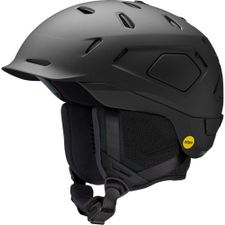 SmithNexus MIPS Ski-/Snowboard Helmet Matte BlackMSRP 324,95 €224,95 €Available Sizes:S
SmithNexus MIPS Ski-/Snowboard Helmet Matte BlackMSRP 324,95 €224,95 €Available Sizes:S - - 25 %
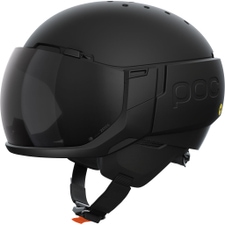 POCLevator MIPS Ski-/Snowboard Helmet Uranium Black MattMSRP 549,95 €409,95 €Available Sizes:XS
POCLevator MIPS Ski-/Snowboard Helmet Uranium Black MattMSRP 549,95 €409,95 €Available Sizes:XS - - 30 %
 AtomicSavor GT Amid Visor HD Ski-/Snowboard Helmet GreyMSRP 329,95 €229,95 €Available Sizes:55
AtomicSavor GT Amid Visor HD Ski-/Snowboard Helmet GreyMSRP 329,95 €229,95 €Available Sizes:55
- - 31 %
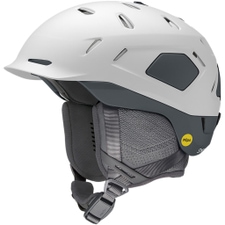 SmithNexus MIPS Ski-/Snowboard Helmet Matte White / SlateMSRP 324,95 €224,95 €Available Sizes:S
SmithNexus MIPS Ski-/Snowboard Helmet Matte White / SlateMSRP 324,95 €224,95 €Available Sizes:S - - 15 %
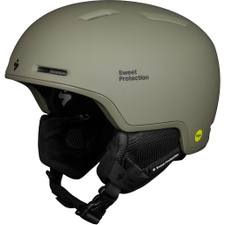 Sweet ProtectionLooper Mips Ski-/Snowboard Helmet WoodlandMSRP 188,95 €160,60 €Available Sizes:SM
Sweet ProtectionLooper Mips Ski-/Snowboard Helmet WoodlandMSRP 188,95 €160,60 €Available Sizes:SM - - 32 %
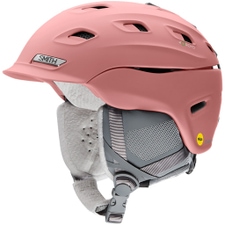 SmithVantage MIPS Ski-/Snowboard Helmet Matte Chalk Rose WomenMSRP 249,95 €169,95 €Available Sizes:SM
SmithVantage MIPS Ski-/Snowboard Helmet Matte Chalk Rose WomenMSRP 249,95 €169,95 €Available Sizes:SM - - 30 %
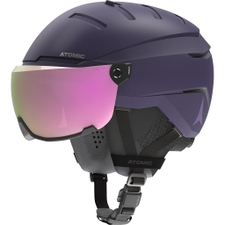 AtomicSavor GT Amid Visor HD Ski-/Snowboard Helmet PurpleMSRP 329,95 €229,95 €Available Sizes:55
AtomicSavor GT Amid Visor HD Ski-/Snowboard Helmet PurpleMSRP 329,95 €229,95 €Available Sizes:55
- - 41 %
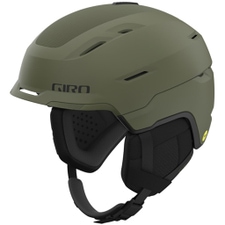 GiroTor Spherical MIPS Ski-/Snowboard Helmet Matte Trail GreenMSRP 279,95 €164,95 €Available Sizes:S
GiroTor Spherical MIPS Ski-/Snowboard Helmet Matte Trail GreenMSRP 279,95 €164,95 €Available Sizes:S - - 25 %
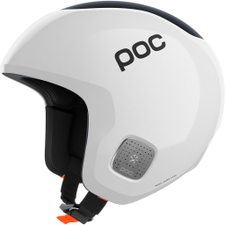 POCSkull Dura Comp MIPS Ski-/Snowboard Helmet Hydrogen WhiteMSRP 479,95 €359,95 €Available Sizes:XSL
POCSkull Dura Comp MIPS Ski-/Snowboard Helmet Hydrogen WhiteMSRP 479,95 €359,95 €Available Sizes:XSL - - 30 %
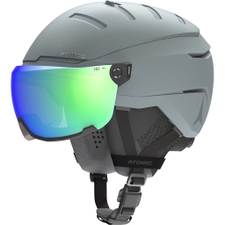 AtomicSavor GT Amid Visor HD Ski-/Snowboard Helmet GreenMSRP 329,95 €229,95 €Available Sizes:55
AtomicSavor GT Amid Visor HD Ski-/Snowboard Helmet GreenMSRP 329,95 €229,95 €Available Sizes:55
- - 30 %
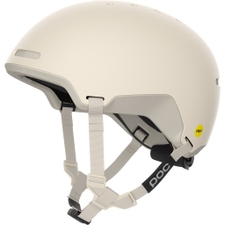 POCCalyx MIPS Ski-/Snowboard Helmet Selentine Off-White MattMSRP 249,95 €174,95 €Available Sizes:XSLXXL
POCCalyx MIPS Ski-/Snowboard Helmet Selentine Off-White MattMSRP 249,95 €174,95 €Available Sizes:XSLXXL - - 15 %
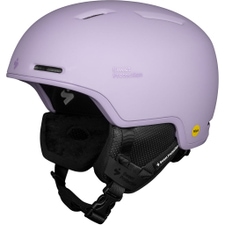 Sweet ProtectionLooper Mips Ski-/Snowboard Helmet PantherMSRP 188,95 €160,60 €Available Sizes:SM
Sweet ProtectionLooper Mips Ski-/Snowboard Helmet PantherMSRP 188,95 €160,60 €Available Sizes:SM - - 70 %
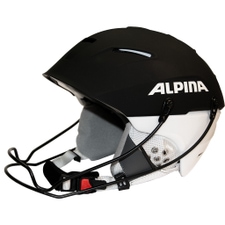 AlpinaCheos SL incl. Choes SL Chin Guard Helmet Black / WhiteMSRP 179,95 €53,95 €Available Sizes:56
AlpinaCheos SL incl. Choes SL Chin Guard Helmet Black / WhiteMSRP 179,95 €53,95 €Available Sizes:56 - - 25 %
 POCFornix MIPS Ski-/Snowboard Helmet Uranium Black MattMSRP 199,95 €149,95 €Available Sizes:XS
POCFornix MIPS Ski-/Snowboard Helmet Uranium Black MattMSRP 199,95 €149,95 €Available Sizes:XS - - 67 %
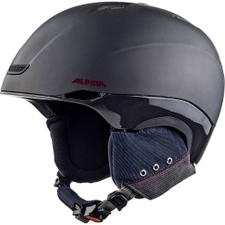 AlpinaParsena Ski-/Snowboard Helmet Denim Grey MattMSRP 149,95 €49,95 €Available Sizes:56
AlpinaParsena Ski-/Snowboard Helmet Denim Grey MattMSRP 149,95 €49,95 €Available Sizes:56 - - 25 %
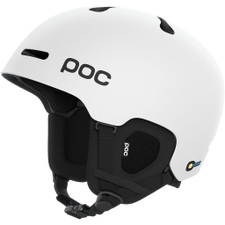 POCFornix MIPS Ski-/Snowboard Helmet Hydrogen White MattMSRP 199,95 €149,95 €Available Sizes:XS
POCFornix MIPS Ski-/Snowboard Helmet Hydrogen White MattMSRP 199,95 €149,95 €Available Sizes:XS - - 25 %
 POCFornix MIPS Ski-/Snowboard Helmet Lead Blue MattMSRP 199,95 €149,95 €Available Sizes:XS
POCFornix MIPS Ski-/Snowboard Helmet Lead Blue MattMSRP 199,95 €149,95 €Available Sizes:XS - - 70 %
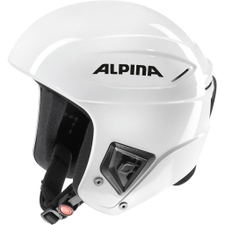 AlpinaDownhill Comp Ski-/Snowboard Helmet WhiteMSRP 189,95 €56,95 €Available Sizes:52
AlpinaDownhill Comp Ski-/Snowboard Helmet WhiteMSRP 189,95 €56,95 €Available Sizes:52 - - 25 %
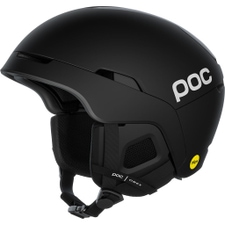 POCObex MIPS Ski-/Snowboard Helmet Uranium Black MattMSRP 199,95 €149,95 €Available Sizes:XS
POCObex MIPS Ski-/Snowboard Helmet Uranium Black MattMSRP 199,95 €149,95 €Available Sizes:XS - - 29 %
 SmithScout Ski-/Snowboard Helmet Matte BlackMSRP 84,95 €59,95 €Available Sizes:S
SmithScout Ski-/Snowboard Helmet Matte BlackMSRP 84,95 €59,95 €Available Sizes:S - - 40 %
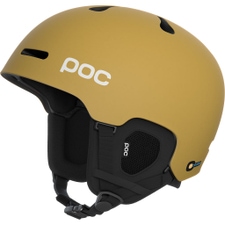 POCFornix MIPS Ski-/Snowboard Helmet Cerussite Kashima MattMSRP 199,90 €119,95 €Available Sizes:XS
POCFornix MIPS Ski-/Snowboard Helmet Cerussite Kashima MattMSRP 199,90 €119,95 €Available Sizes:XS - - 30 %
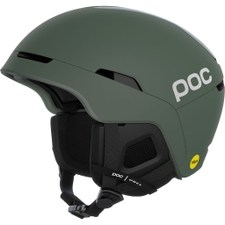 POCObex MIPS Ski-/Snowboard Helmet Epidote Green MattMSRP 199,90 €139,95 €Available Sizes:XS
POCObex MIPS Ski-/Snowboard Helmet Epidote Green MattMSRP 199,90 €139,95 €Available Sizes:XS - - 35 %
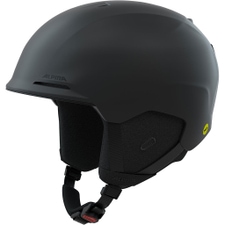 AlpinaKroon MIPS Ski-/Snowboard Helmet Black MattMSRP 129,95 €84,95 €Available Sizes:55
AlpinaKroon MIPS Ski-/Snowboard Helmet Black MattMSRP 129,95 €84,95 €Available Sizes:55 - - 31 %
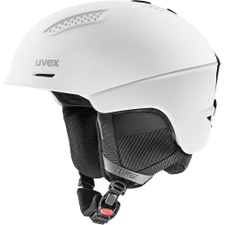 UvexUltra Ski-/Snowboard Helmet White / BlackMSRP 159,95 €109,95 €Available Sizes:55
UvexUltra Ski-/Snowboard Helmet White / BlackMSRP 159,95 €109,95 €Available Sizes:55 - - 30 %
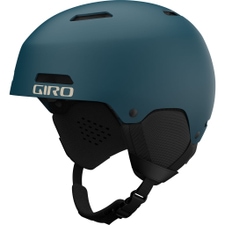 GiroLedge FS Ski-/Snowboard Helmet Matte Habour BlueMSRP 99,95 €69,95 €Available Sizes:S
GiroLedge FS Ski-/Snowboard Helmet Matte Habour BlueMSRP 99,95 €69,95 €Available Sizes:S - - 25 %
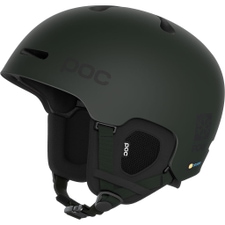 POCFornix MIPS Pow JJ Ski-/Snowboard Helmet Bismuth Green MattMSRP 199,95 €149,95 €Available Sizes:XS
POCFornix MIPS Pow JJ Ski-/Snowboard Helmet Bismuth Green MattMSRP 199,95 €149,95 €Available Sizes:XS - - 33 %
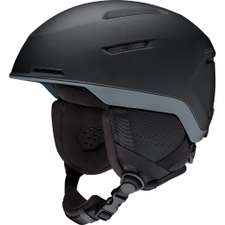 SmithAltus Ski-/Snowboard Helmet Matte Black CharcoalMSRP 149,95 €99,95 €Available Sizes:S
SmithAltus Ski-/Snowboard Helmet Matte Black CharcoalMSRP 149,95 €99,95 €Available Sizes:S - - 39 %
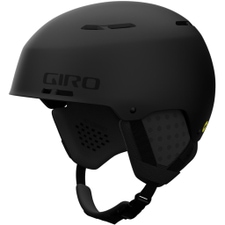 GiroEmerge Spherical Ski-/Snowboard Helmet Matte BlackMSRP 179,95 €109,95 €Available Sizes:S
GiroEmerge Spherical Ski-/Snowboard Helmet Matte BlackMSRP 179,95 €109,95 €Available Sizes:S - - 20 %
 AlpinaBrix Ski-/Snowboard Helmet Black MattMSRP 99,95 €79,95 €Available Sizes:55
AlpinaBrix Ski-/Snowboard Helmet Black MattMSRP 99,95 €79,95 €Available Sizes:55 - - 30 %
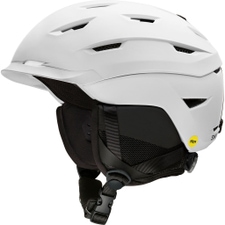 SmithLevel MIPS Ski-/Snowboard Helmet Matte WhiteMSRP 199,95 €139,95 €Available Sizes:S
SmithLevel MIPS Ski-/Snowboard Helmet Matte WhiteMSRP 199,95 €139,95 €Available Sizes:S - - 20 %
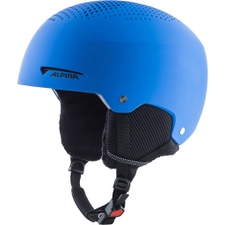 AlpinaZupo Ski-/Snowboard Helmet Blue Matt KidsMSRP 64,95 €51,95 €Available Sizes:52
AlpinaZupo Ski-/Snowboard Helmet Blue Matt KidsMSRP 64,95 €51,95 €Available Sizes:52 - - 50 %
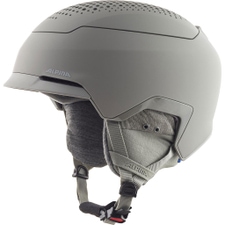 AlpinaGems Ski-/Snowboard Helmet Moon Grey / MattMSRP 169,95 €84,95 €Available Sizes:55
AlpinaGems Ski-/Snowboard Helmet Moon Grey / MattMSRP 169,95 €84,95 €Available Sizes:55 - - 35 %
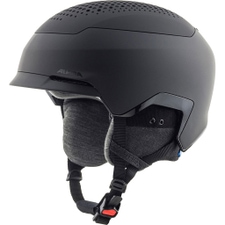 AlpinaBanff MIPS Ski-/Snowboard Helmet Black MattMSRP 199,95 €129,95 €Available Sizes:5563
AlpinaBanff MIPS Ski-/Snowboard Helmet Black MattMSRP 199,95 €129,95 €Available Sizes:5563 - - 35 %
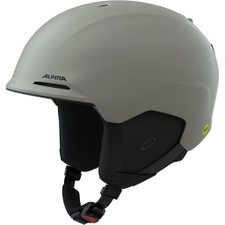 AlpinaKroon MIPS Ski-/Snowboard Helmet Moon Grey MattMSRP 129,95 €84,95 €Available Sizes:5563
AlpinaKroon MIPS Ski-/Snowboard Helmet Moon Grey MattMSRP 129,95 €84,95 €Available Sizes:5563 - - 50 %
 UvexWanted Ski-/Snowboard Helmet Rhino MattMSRP 99,95 €49,95 €Available Sizes:58
UvexWanted Ski-/Snowboard Helmet Rhino MattMSRP 99,95 €49,95 €Available Sizes:58 - - 25 %
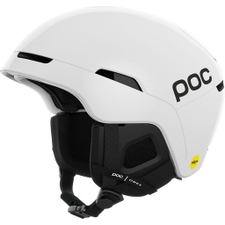 POCObex Mips Ski-/Snowboard Helmet Hydrogen WhiteMSRP 199,95 €149,95 €Available Sizes:XSLXXL
POCObex Mips Ski-/Snowboard Helmet Hydrogen WhiteMSRP 199,95 €149,95 €Available Sizes:XSLXXL - - 25 %
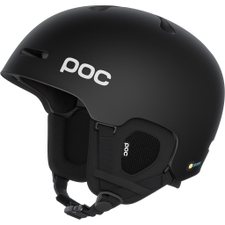 POCFornix Ski-/Snowboard Helmet Uranium BlackMSRP 179,95 €134,95 €Available Sizes:XS
POCFornix Ski-/Snowboard Helmet Uranium BlackMSRP 179,95 €134,95 €Available Sizes:XS - - 25 %
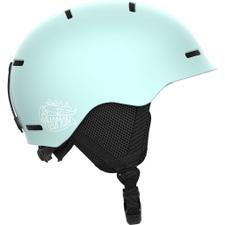 SalomonOkra Ski-/Snowboard Helmet Bleached Aqua KidsMSRP 59,95 €44,95 €Available Sizes:S
SalomonOkra Ski-/Snowboard Helmet Bleached Aqua KidsMSRP 59,95 €44,95 €Available Sizes:S - - 31 %
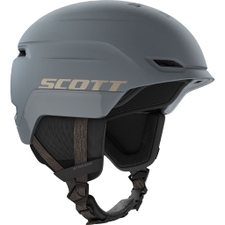 ScottChase 2 Ski-/Snowboard Helmet Aspen BlueMSRP 129,95 €89,95 €Available Sizes:S
ScottChase 2 Ski-/Snowboard Helmet Aspen BlueMSRP 129,95 €89,95 €Available Sizes:S - - 31 %
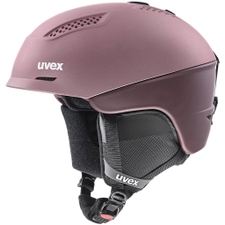 UvexUltra Ski-/Snowboard Helmet Bramble MattMSRP 159,95 €109,95 €Available Sizes:55
UvexUltra Ski-/Snowboard Helmet Bramble MattMSRP 159,95 €109,95 €Available Sizes:55 - - 50 %
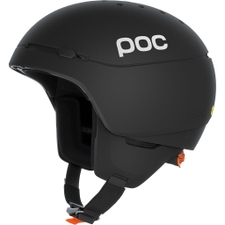 POCMeninx RS MIPS Ski-/Snowboard Helmet Uranium Black MattMSRP 279,95 €139,95 €Available Sizes:XSL
POCMeninx RS MIPS Ski-/Snowboard Helmet Uranium Black MattMSRP 279,95 €139,95 €Available Sizes:XSL - - 50 %
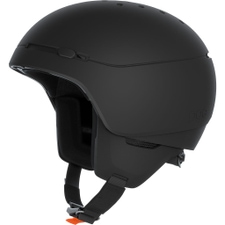 POCMeninx Ski-/Snowboard Helmet Uranium Black MattMSRP 229,90 €114,95 €Available Sizes:XS
POCMeninx Ski-/Snowboard Helmet Uranium Black MattMSRP 229,90 €114,95 €Available Sizes:XS - - 20 %
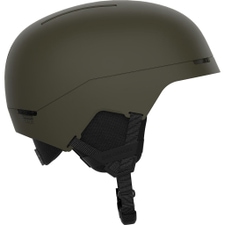 SalomonBrigade MIPS Ski-/Snowboard Helmet Olive NightMSRP 149,95 €119,95 €Available Sizes:S
SalomonBrigade MIPS Ski-/Snowboard Helmet Olive NightMSRP 149,95 €119,95 €Available Sizes:S - - 38 %
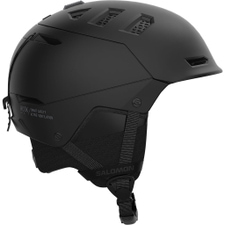 SalomonHusk Pro Ski-/Snowboard Helmet BlackMSRP 159,95 €99,95 €Available Sizes:S
SalomonHusk Pro Ski-/Snowboard Helmet BlackMSRP 159,95 €99,95 €Available Sizes:S - - 29 %
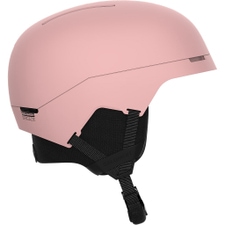 SalomonBrigarde Ski-/Snowboard Helmet Tropical PeachMSRP 119,95 €84,95 €Available Sizes:M
SalomonBrigarde Ski-/Snowboard Helmet Tropical PeachMSRP 119,95 €84,95 €Available Sizes:M - - 20 %
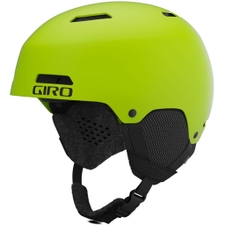 GiroCrüe Ski-/Snowboard Helmet Ano Lime KidsMSRP 89,95 €71,95 €Available Sizes:S
GiroCrüe Ski-/Snowboard Helmet Ano Lime KidsMSRP 89,95 €71,95 €Available Sizes:S - - 21 %
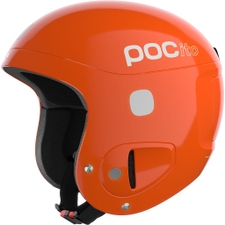 POCPocito Skull Ski-/Snowboard Helmet Fluorescent Orange KidsMSRP 169,95 €134,95 €Available Sizes:S
POCPocito Skull Ski-/Snowboard Helmet Fluorescent Orange KidsMSRP 169,95 €134,95 €Available Sizes:S - - 37 %
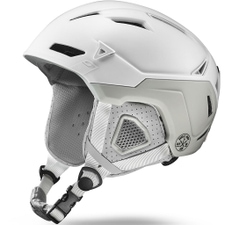 JulboNew Testival Product The Peak LT Ski-/Snowboard Helmet Grau / WeissMSRP 189,90 €119,95 €Available Sizes:5658
JulboNew Testival Product The Peak LT Ski-/Snowboard Helmet Grau / WeissMSRP 189,90 €119,95 €Available Sizes:5658 - - 35 %
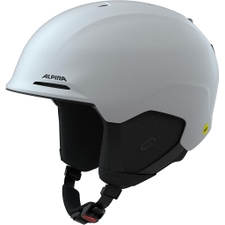 AlpinaKroon MIPS Ski-/Snowboard Helmet White MattMSRP 129,95 €84,95 €Available Sizes:55
AlpinaKroon MIPS Ski-/Snowboard Helmet White MattMSRP 129,95 €84,95 €Available Sizes:55 - - 38 %
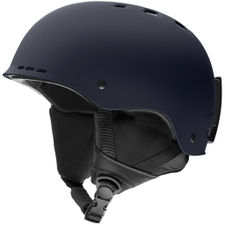 SmithHolt Ski-/Snowboard Helmet Matte Midnight NavyMSRP 79,95 €49,95 €Available Sizes:S
SmithHolt Ski-/Snowboard Helmet Matte Midnight NavyMSRP 79,95 €49,95 €Available Sizes:S - - 37 %
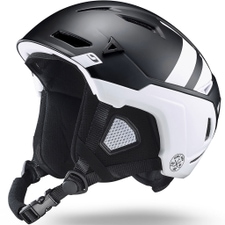 JulboNew Testival Product The Peak LT Ski-/Snowboard Helmet Weiss / SchwarzMSRP 189,90 €119,95 €Available Sizes:5660
JulboNew Testival Product The Peak LT Ski-/Snowboard Helmet Weiss / SchwarzMSRP 189,90 €119,95 €Available Sizes:5660 - - 32 %
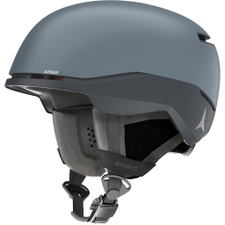 AtomicFour Amid Pro Ski-/Snowboard Helmet GreyMSRP 189,95 €129,95 €Available Sizes:63
AtomicFour Amid Pro Ski-/Snowboard Helmet GreyMSRP 189,95 €129,95 €Available Sizes:63
- - 27 %
 POCObex Pure Ski-/Snowboard Helmet Uranium Black MattMSRP 149,95 €109,95 €Available Sizes:XSLXXL
POCObex Pure Ski-/Snowboard Helmet Uranium Black MattMSRP 149,95 €109,95 €Available Sizes:XSLXXL

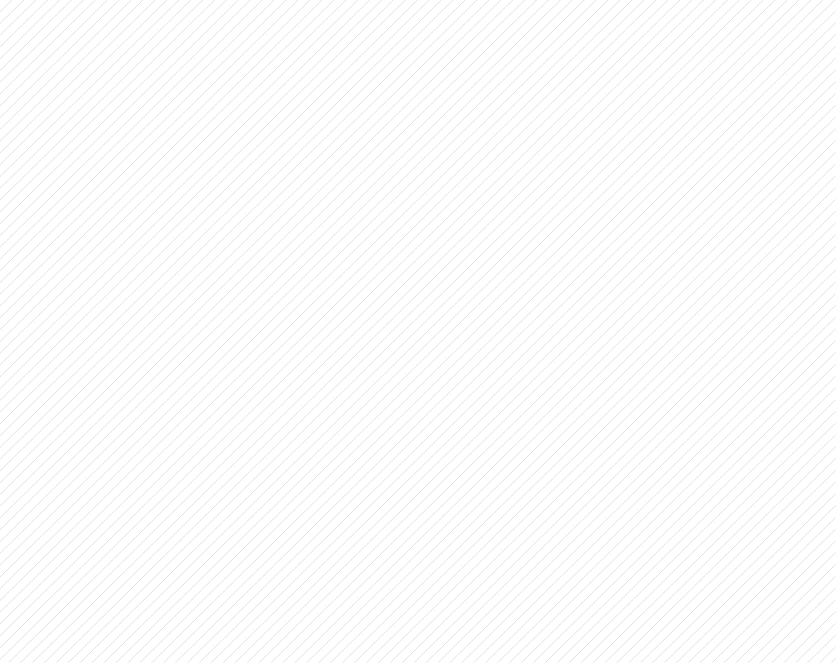
Skiing and snowboarding can be dangerous, and it is not only in the are of racing that rough crashes lead to injuries, they can also happen on flat slopes. Be it due to overestimating yourself or the carelessness of others. To prevent injuries to your head as good as possible, you should always wear a ski helmet.
Be it in deep powder, the steepest runs, in the park or on the beginners’ lift. In all areas of winter sport: on-piste skiing, snowboard, freeride ski, freestyle ski, touring ski or when going sledding. Today, ski helmets have become the standard. Very rarely, you see people without helmets and certainly, this is no longer viewed as cool. Because ski helmets do not only guard your head, they are also comfortable, good-looking and offer a bunch of additional features!
The ski helmet is not just a simple shell around your head
On the market, there are two different kinds of ski helmet constructions: in-mold and hardshell. Both have their pros and cons.
In-mold system ski helmet: Here, the outer and inner shell are formed in one step. The outer shell is very thin, which is why this helmet weighs a little less. Furthermore, the ventilation is easier, because as with bike helmets, you have large openings which are easily opened and closed using sliders.
Hardshell helmet: The thicker outer shell made of hard plastic or carbon is clogged with the inner shell. The helmets weigh a bit more, but also offer a bit more protection. These can also be ventilated, although it is a little more complicated: The airstream basically flows through the two shells, removing heat. As these helmets offer some additional protection, they are commonly used in racing.
What they both have in common: the structure of the helmet and its layers can get hairline cracks or other damages in case of a crash, even when not visible. This is why you should always replace your helmet after a hard fall.
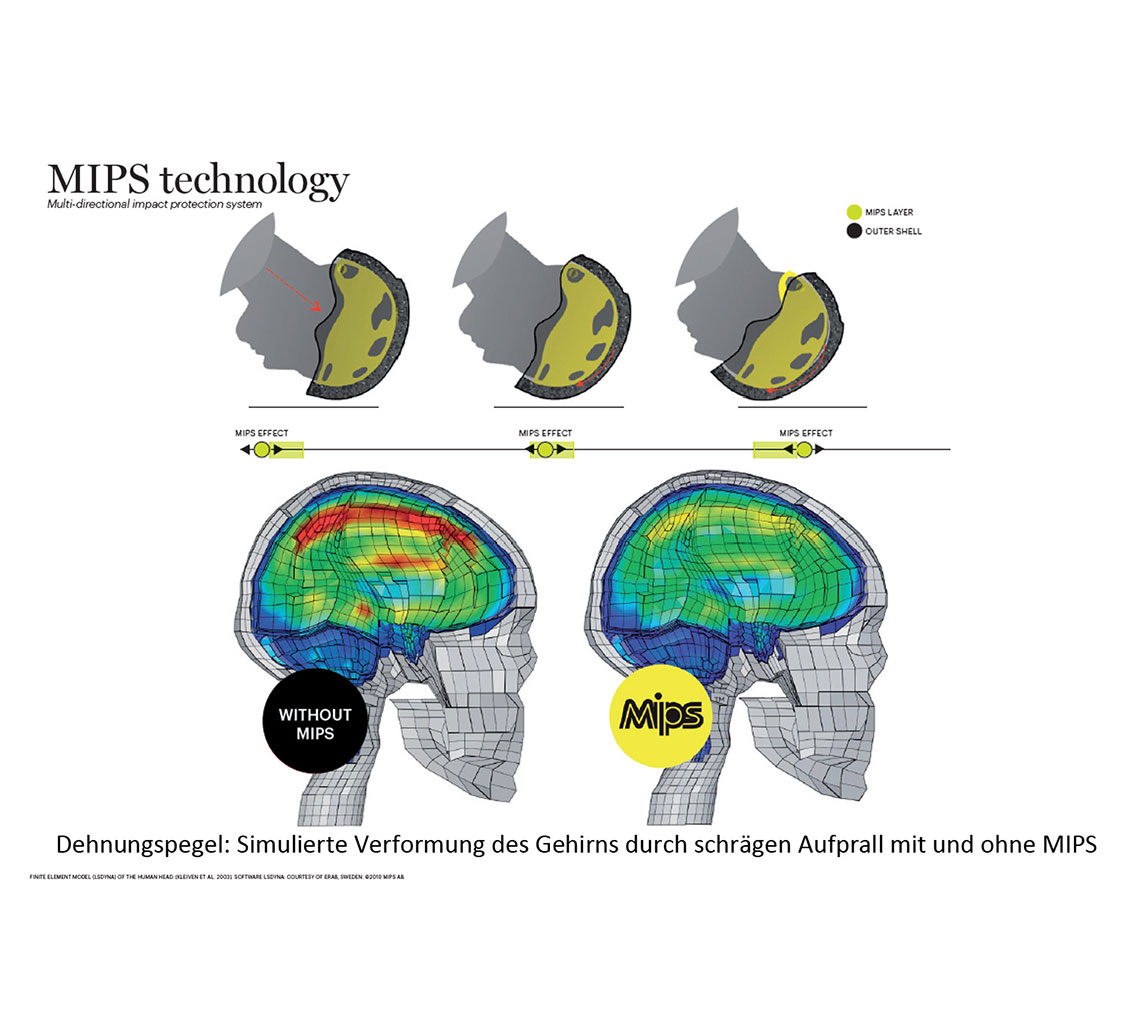
You should always replace your helmet after a hard fall

To make the helmet actually work properly, it needs to fit well and stable. But be careful: The size indications of the various brands differ. As of this, a helmet of size M can be smaller or larger by one brand than by another. Best is, to measure your head circumference and compare it to the different sizes. If you can, try several helmets to find the best fitting. Many brands also give you the possibility of fine adjusting using a small cog. To test whether the helmet really fits, put it on open, do not close the chinstraps. Then, shake it properly. The helmet should stay where it is, not move too much and certainly not hinder your view.
HALF-SHELL OR FULL-SHELL SKI HELMET?
There are also different variants of helmet shape, mainly depending on preferences and the area of application. The most common is the half-shell helmet. In this, the shell extends to just above the ears. These are then covered with softer ear pads, which are usually removable. In contrast, there is the full-shell helmet, where the ears are also completely covered with a shell. These helmets offer a little more protection on the sides and are therefore mainly used in the race area. In addition, there are still full-face ski helmets, which are firmly closed around the chin area. However, these are used rather rarely. Similar to this, some ski helmets integrate the ski goggles directly in the form of a full-face design. Here, the helmet is directly equipped with a visor.
FUNCTIONS AND FEATURES OF A SKI HELMET
Besides its fit, size and construction, there are other more or less important features. One is the goggle attachment: Because to ensure that the ski goggles also fit well and do not fall off the ski helmet, a goggle attachment, which is attached to most ski helmets, is advantageous.
Other additional points of the ski helmets are pre-installed screw threads for cameras or built-in speaker systems. Especially interesting for ski tourers are headlamp devices or built-in RECCO reflectors. Also, whether the interior is replaceable and anti-allergenic and how the ventilation system works. In the race sector, ski helmets with removable chin protectors are relevant.

To test whether the helmet really fits, put it on open, do not close the chinstraps